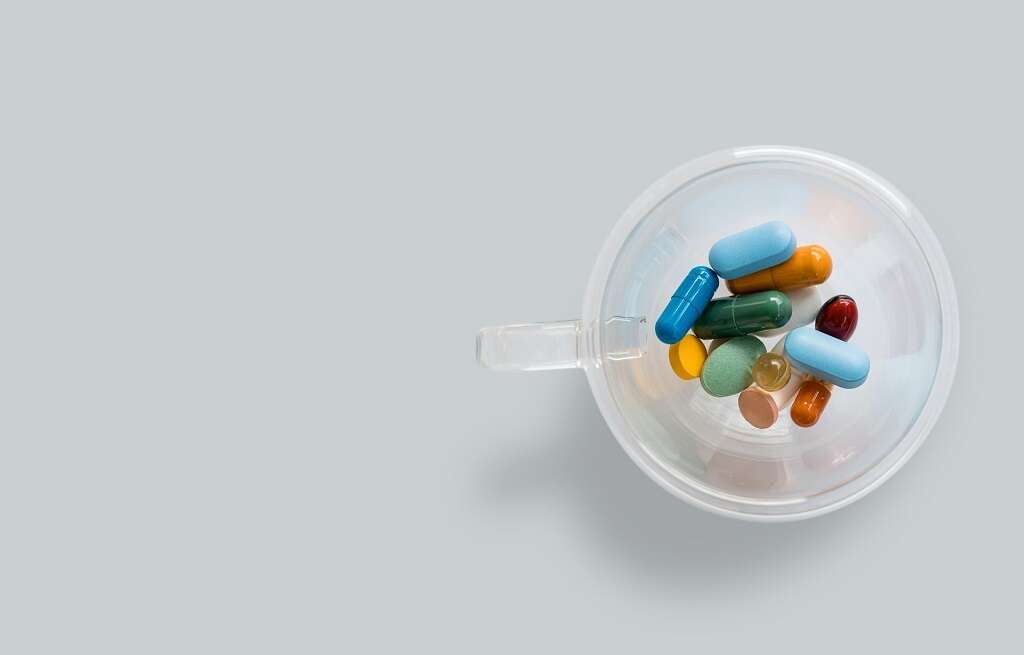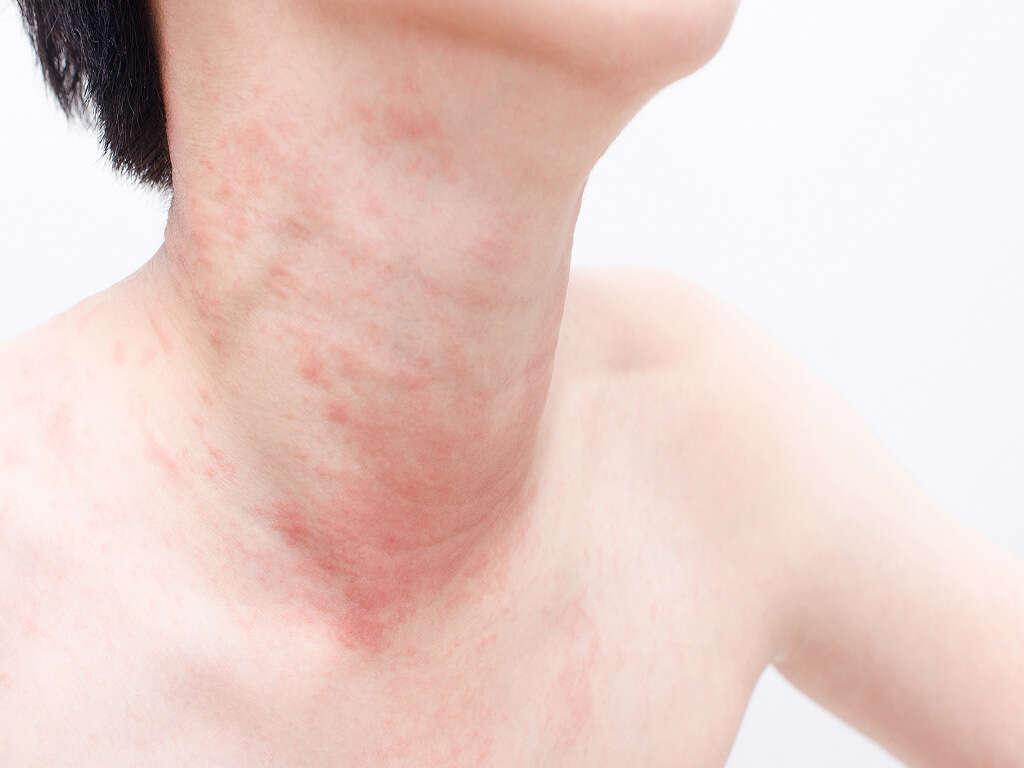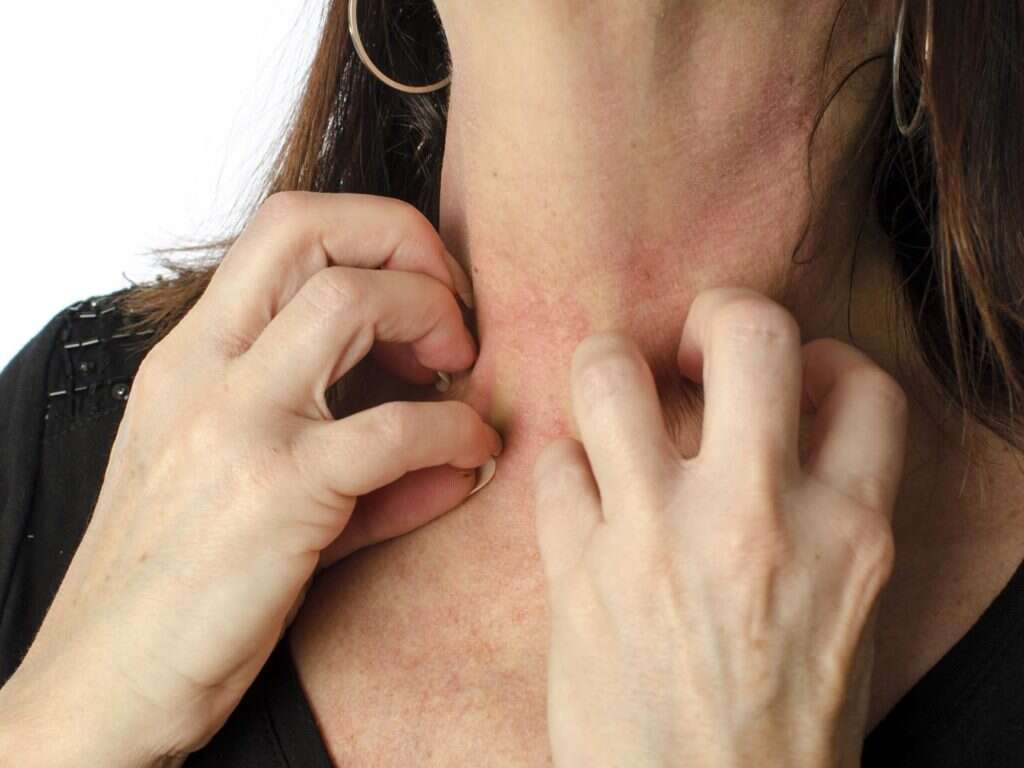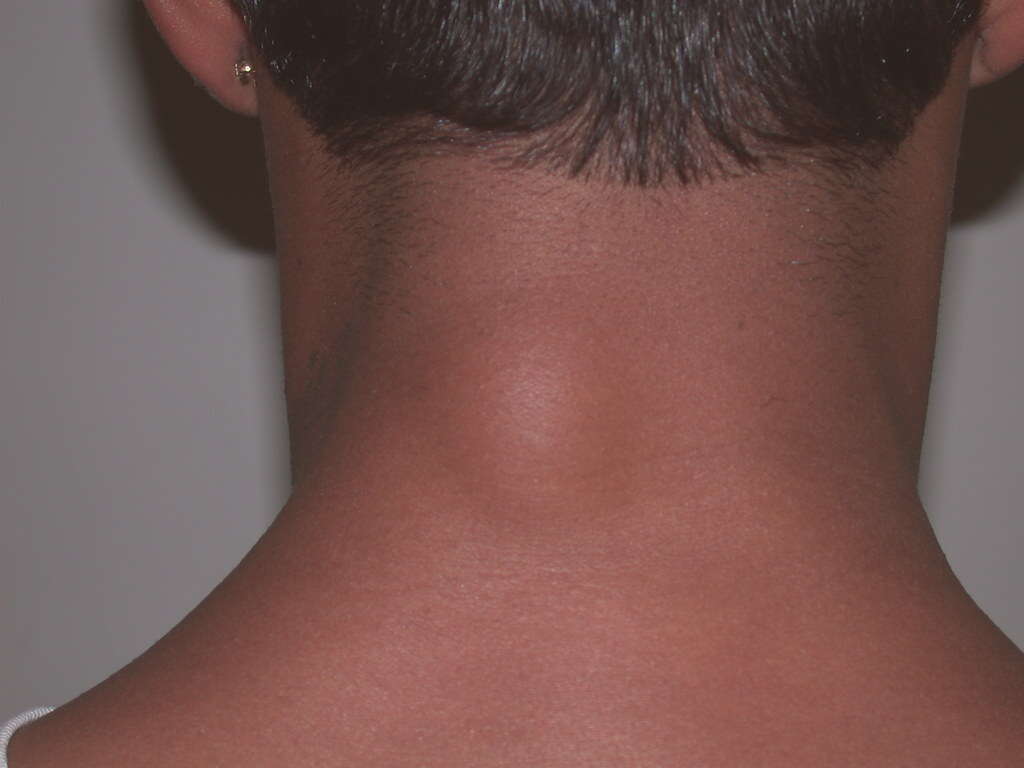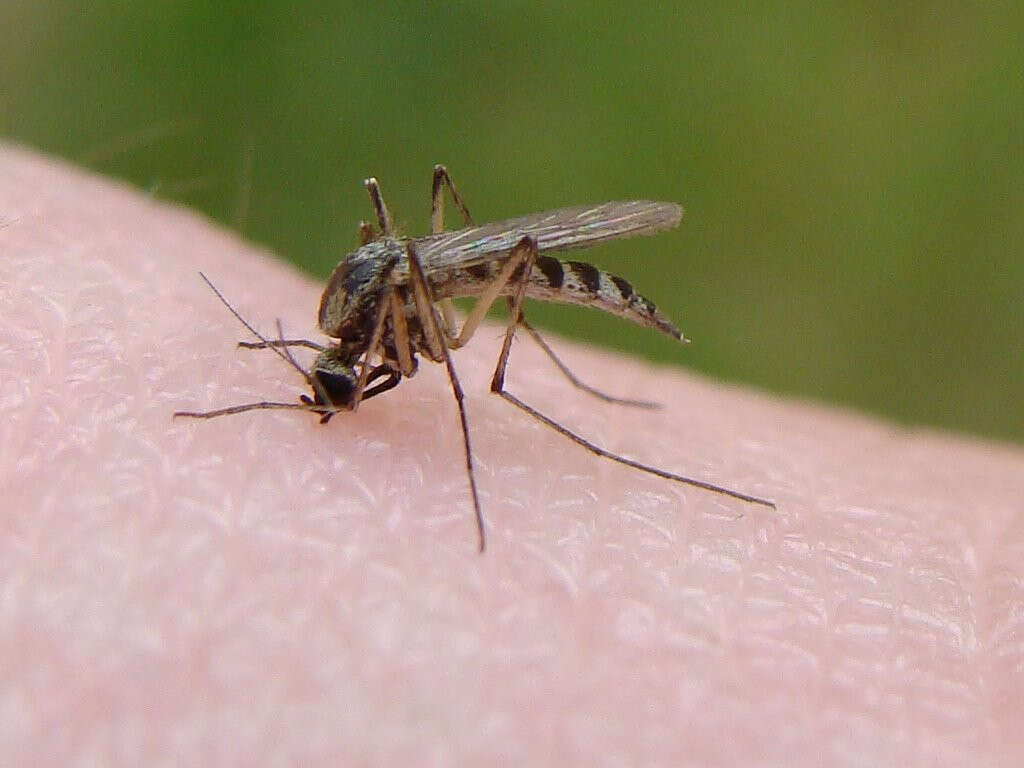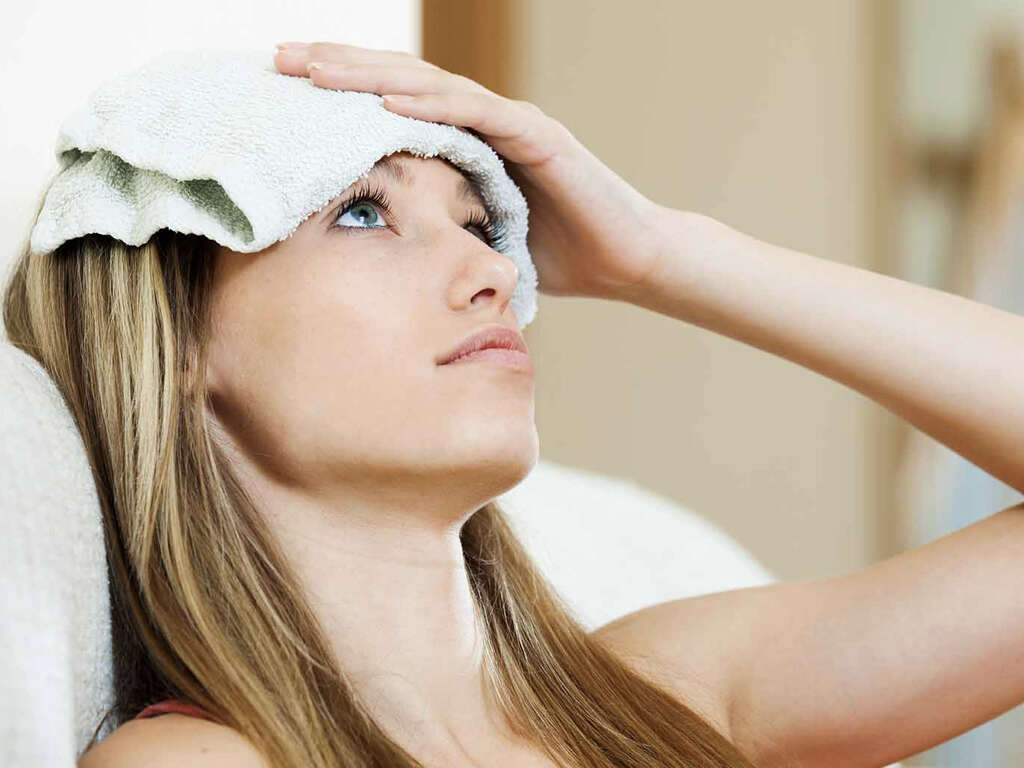Carbuncle Symptoms, Causes & More
 Article Sources
Article Sources
- 1. 'Carbuncle: MedlinePlus Medical Encyclopedia.' MedlinePlus, medlineplus.gov/ency/article/000825.htm
- 2. 'Boils and carbuncles.' Mayo Clinic, [www.mayoclinic.org/diseases-conditions/boils-and-carbuncles/symptoms-causes/syc-20353770.](https://www.mayoclinic.org/diseases-conditions/boils-and-carbuncles/symptoms-causes/syc-20353770.)
- 3. Folliculitis, Boils and Carbuncles.' Loma Linda University Health, lluh.org/conditions/folliculitis-boils-and-carbuncles
- 4. 'Furuncles and Carbuncles - Dermatologic Disorders.' Merck Manuals Professional Edition, www.merckmanuals.com/professional/dermatologic-disorders/bacterial-skin-infections/furuncles-and-carbuncles
Carbuncle boils are protrusions that form under the skin when hair follicles become infected by bacteria. It involves a collection of pus filled bumps that comprise the infected area and usually resolves within days to weeks. The area is usually inflamed and painful, and the carbuncles can grow large, rupture and drain.
Boils most often occur on the back of the neck, the armpits, thighs, back and buttocks. The bacterium usually responsible for causing carbuncles is called staphylococcus aureus. When a number of carbuncles form beneath the skin, the condition is referred to as carbunculosis.1‘Carbuncle: MedlinePlus Medical Encyclopedia.’ MedlinePlus, medlineplus.gov/ency/article/000825.htm
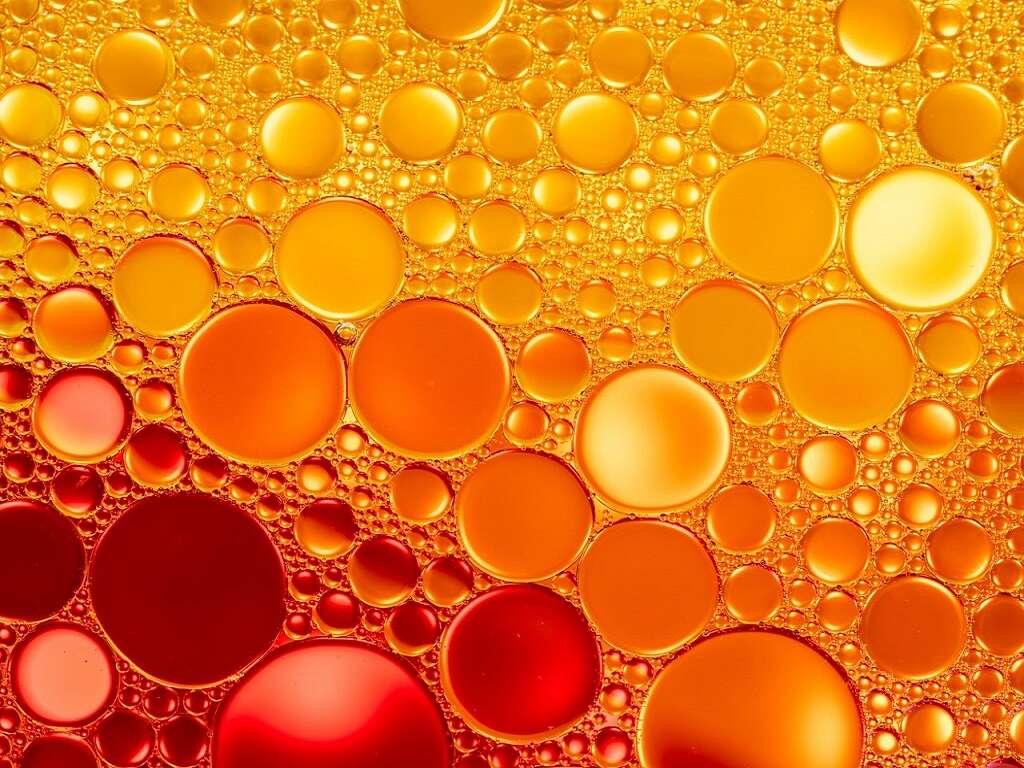
Symptoms
A carbuncle is a group of boils concentrated in a small area. It's an infection that occurs deep within the skin and is often filled with pus, which contains dead tissues and bacteria. The first symptom of a carbuncle is often a red, painful swelling beneath the skin.
The size of the swelling will increase over a few days and become filled with pus. A yellow-colored head will then develop from which the pus will drain. Carbuncles can measure up to four inches and are likely to leave a scar. They also take longer to heal than boils and can lead to fever and chills.

Causes
Boils are usually caused by the bacterium Staphylococcus aureus, which is often found on the skin and inside the nose. When a number of hair follicles are infected by these bacteria, a carbuncle is formed.
The body's immune system then sends white blood cells to the affected area to combat the infection. Several heads of pus form on the carbuncle, as it is constituted of many boils that are tightly packed together.2‘Boils and carbuncles.’ Mayo Clinic, www.mayoclinic.org/diseases-conditions/boils-and-carbuncles/symptoms-causes/syc-20353770.

Risk Factors
Anyone can develop carbuncles, but they're more prevalent among middle-aged and older men. There are also certain conditions that predispose people to having boils and carbuncles.
Diabetes makes it more difficult for the body to fend off infections, and chronic skin conditions also weaken the skin's protective barrier, making it more susceptible to skin infections. The bacteria that cause carbuncles are very contagious. Individuals with weakened immune system are at higher risk to develop carbuncles and other infections.
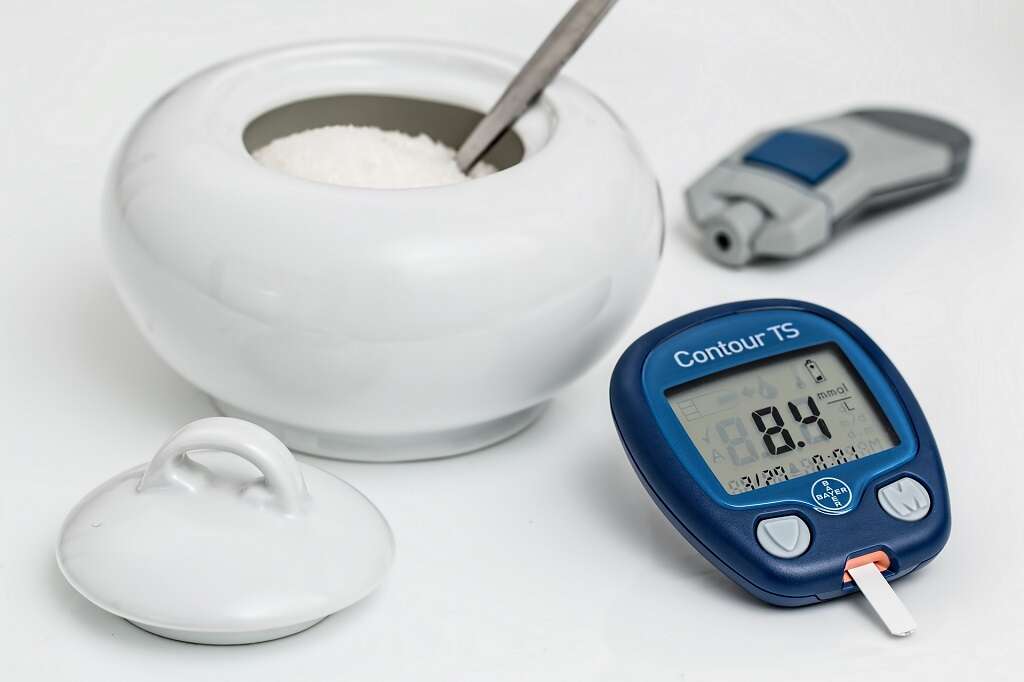
Treatment
Most carbuncles require no medical intervention. Applying a warm cloth to the affected area for at least 10 minutes at a time is one of the best ways to accelerate the recovery process.
Heat applied to the area increases the amount of blood circulating near the boil and attracts more white blood cells to the carbuncle. When the carbuncle erupts and the pus has completely drained from it, a dressing of sterile gauze should cover it to prevent further infection.
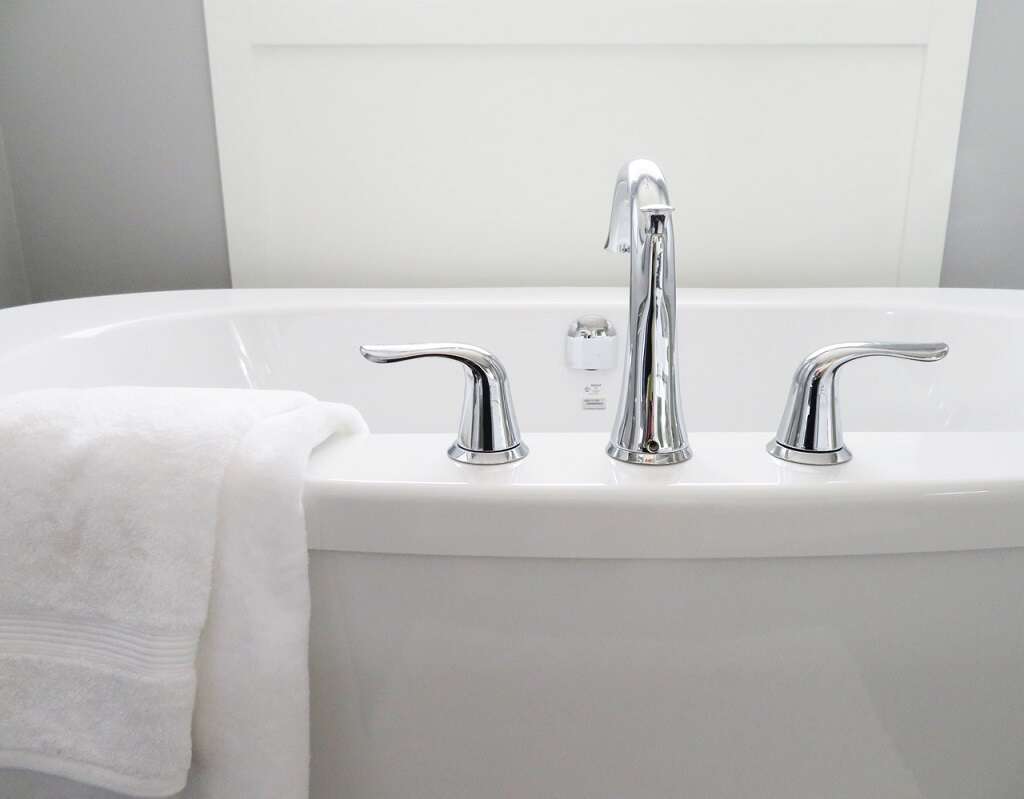
Prevention
There are a few measures that can be taken to reduce the risk of contracting a carbuncle. If there is close contact with a person who has an infection or carbuncle, it is best to avoid coming into close contact with them.
Keep any cuts or abrasions covered with a plaster or a bandage until they heal. Keeping hands germ-free through constant washing with a gentle soap or an alcohol-based hand sanitizer is also the best way to protect against any bacterial infection.
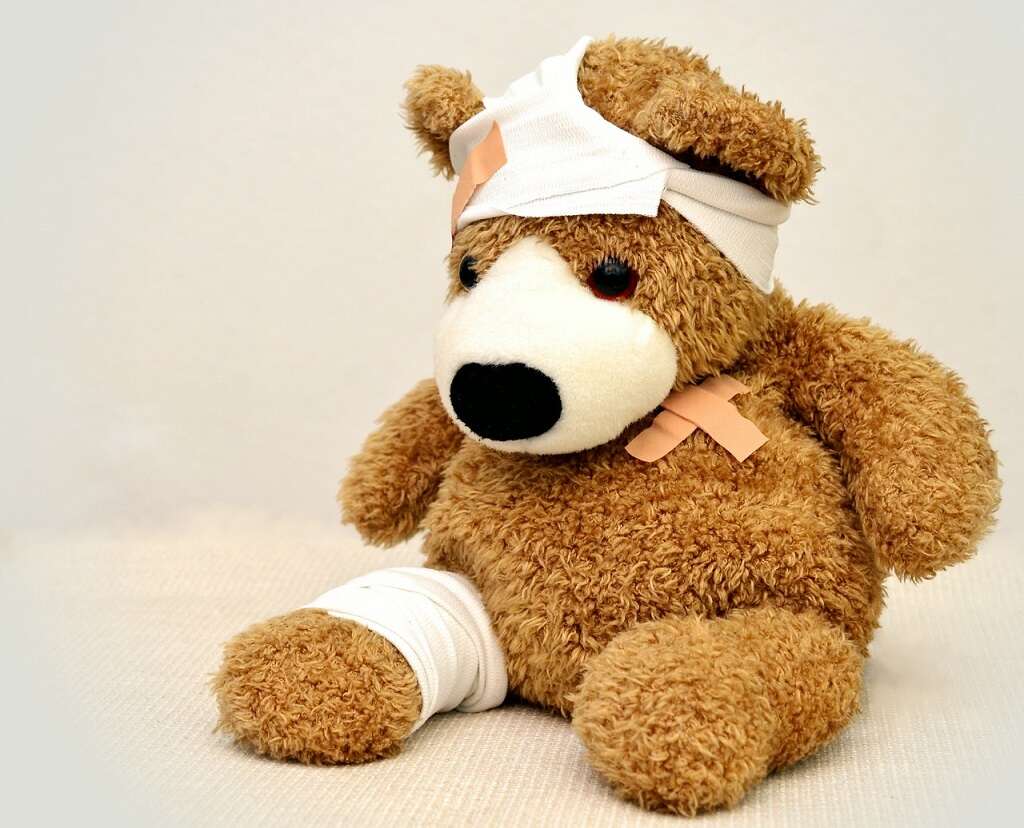
Complications
Although most carbuncles heal with no medical assistance, rare instances can lead to serious medical conditions. It is possible for the bacteria in a carbuncle to enter the bloodstream and affect other areas of the body.
These infections are known as sepsis or blood poisoning and can cause serious infections that spread to other organs, infecting the heart or the bones. The bacteria can also cause an infection across the entire body, known as septic shock.3Folliculitis, Boils and Carbuncles.’ Loma Linda University Health, lluh.org/conditions/folliculitis-boils-and-carbuncles
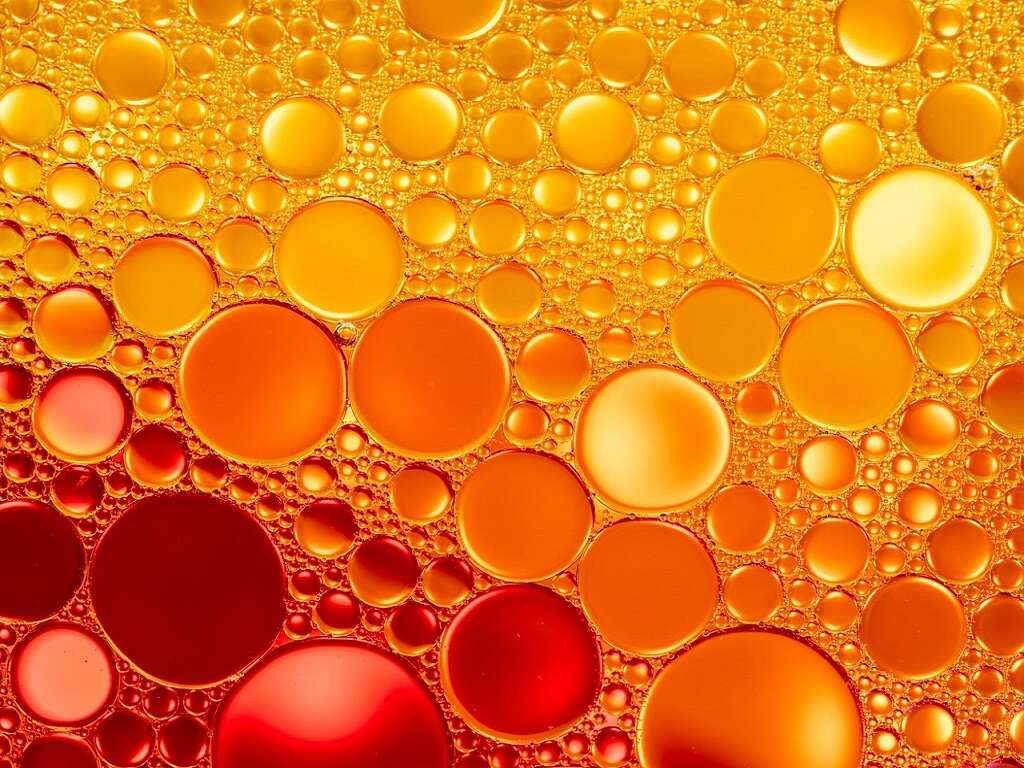
Home Remedies
There are several ways to treat boils and carbuncles without needing to consult a doctor. They should not be pricked and should be allowed to drain on their own.
A warm cloth applied to the area can speed recovery as it will encourage the pores to dilate and release pus. Hands should be washed thoroughly after completing this process as the bacteria responsible for carbuncles are very contagious and touching the infected area can cause the infection to spread.

Seeking Medical Help
A carbuncle is usually easy to care for but there are a few instances when medical advice might be required. If a boil erupts on the face or close to an eye, it's best to consult with a medical professional.
Other instances where it may be best to see a doctor is if a carbuncle causes a fever, hasn't healed in more than two weeks or becomes larger and more painful.4‘Furuncles and Carbuncles - Dermatologic Disorders.’ Merck Manuals Professional Edition, www.merckmanuals.com/professional/dermatologic-disorders/bacterial-skin-infections/furuncles-and-carbuncles
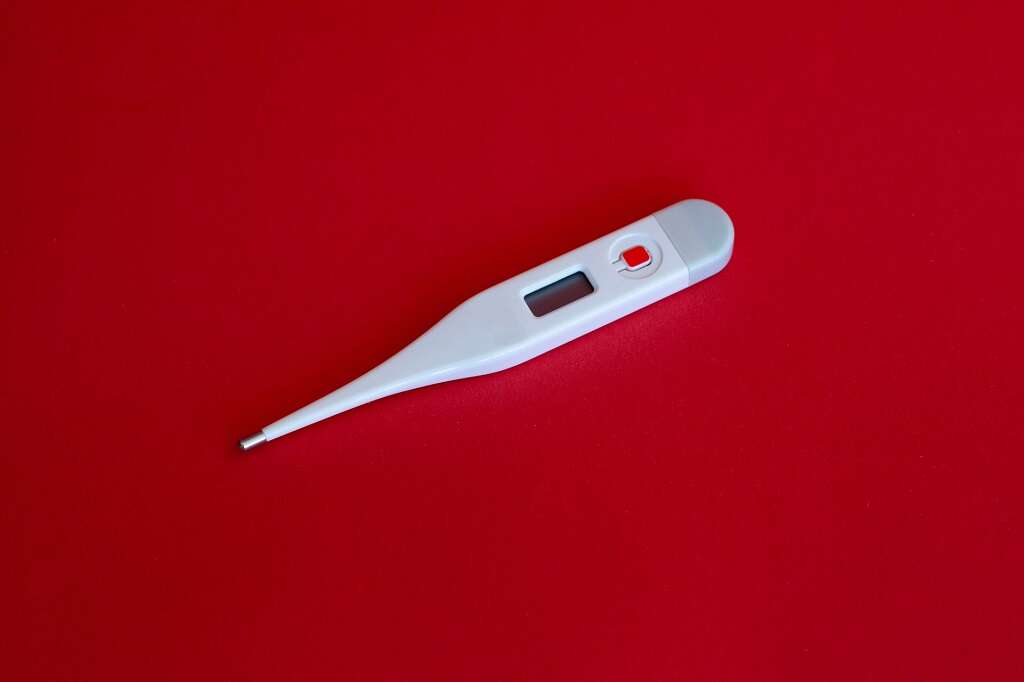
Contracting Carbuncles
Carbuncles can contaminate other parts of the body and spread to other people. To prevent cross-infection, hands should be washed constantly, especially after touching the affected area.
Face cloths and towels should not be shared and bed linens should be frequently laundered at high temperatures. Wounds should also be very well covered with a sterile dressing until they have healed and these dressings should then be carefully disposed of once the wound is no longer infectious.
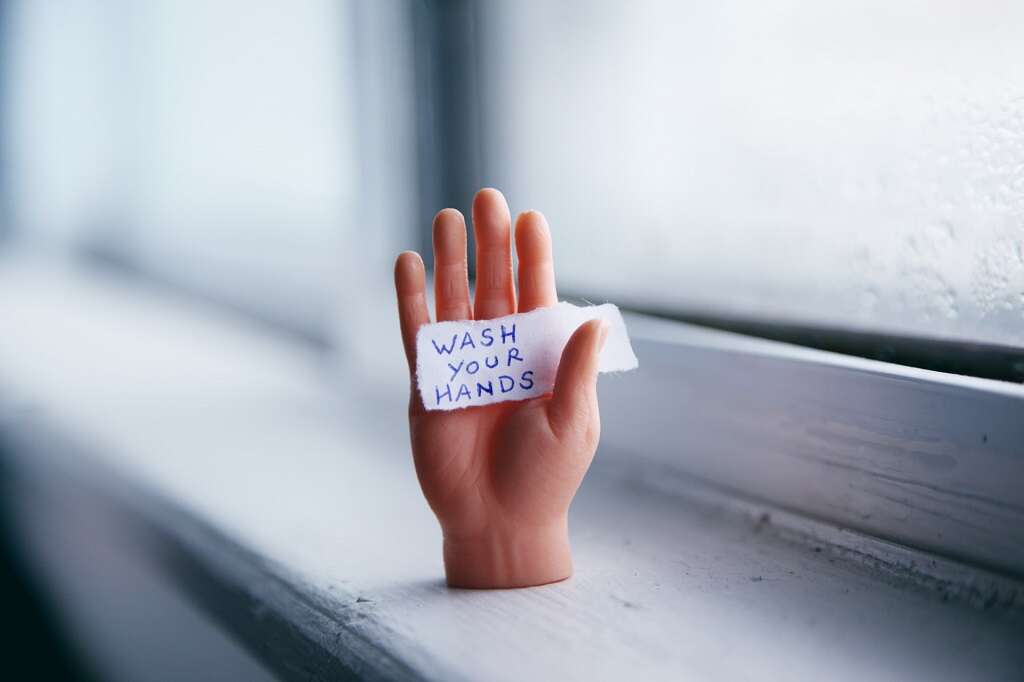
Antibiotics
Most carbuncles will heal on their own if they're dealt with correctly, cleaned properly and home treatments, such as warm compresses, are used. A more complex carbuncle can often require the assistance of a doctor, particularly if it is on the face or neck, or if it's a recurring infection.
Antibiotics are also sometimes required if the person develops a high temperature, a secondary infection or if the carbuncle causes significant pain. Doctors can also perform incision and drainage for larger carbuncles.
